Coastal communities face several hazards including tsunamis triggered by offshore earthquakes and volcano eruptions as well as storm surges generated during tropical storms.
Deposits left behind by these events provide important clues for the reconstruction of past events, enabling scientists to correctly forecast the risk posed by tsunamis and storms. This knowledge is of paramount importance for the estimated 600 million people living in coastal areas below 10 metres (m) above sea level.
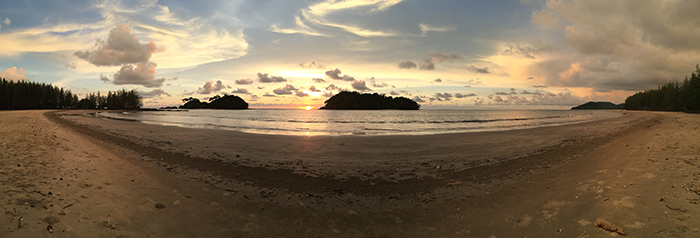
One long-standing challenge has been to differentiate between sediments laid down by these storms and tsunamis. For more than 30 years, scientists were unable to distinguish between the deposits using regular methods such as sediment analysis and micropalaeontology.
But now, my team from the Earth Observatory of Singapore (EOS) and collaborators from the Singapore Centre for Environmental Life Science Engineering (SCELSE) and the Asian School of the Environment (ASE) have found a way to do so.
Bridging the fields of microbial biology and Earth sciences, our study demonstrates that environmental DNA – in this case, DNA found in soils and sediments — allows earth scientists to distinguish deposits left by past tsunamis and storms. This fundamental issue is addressed by the advanced molecular techniques employed in this approach.
Our findings are detailed in a paper published in Communications Earth and Environment. This study was led by Ms Wenshu Yap, a PhD student I am co-advising.
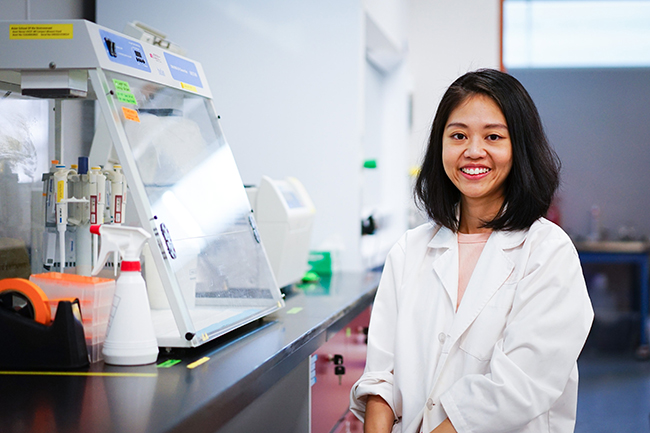
We looked at sedimentary records in Thailand and India where the 2004 Indian Ocean tsunami and a subsequent storm left sand deposits at two locations. Wenshu said, “Once we found the right sites, we could identify key differences between the microbiological community structure from recent storm and tsunami sediments.”
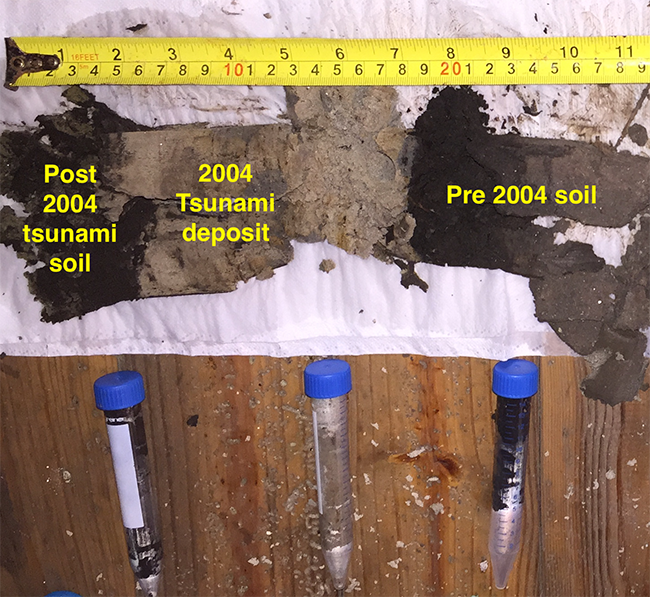
In our paper, we demonstrate how the distinction between storm and tsunami deposits can be achieved through characterising a microbial community signature in the sediments. The study used amplicon sequencing of rRNA extracted from soils, water, and sediment samples. Amplicon sequencing is a targeted microbiology approach that enables researchers to analyse genetic variation in and between samples from a particular environment.
Our approach took seven years to develop and provides a powerful new methodology that clearly discriminates between modern storm and tsunami washover deposits.
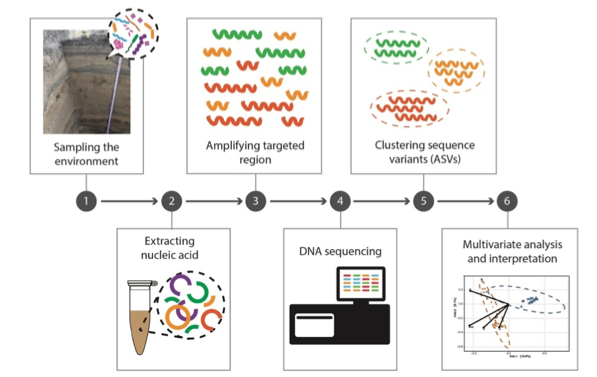
We tried to make the process as simple as possible so it can be easily replicated and modified to study other environmental disturbances such as fire, floods, or volcanic ashfall. For example, the environment changes when volcanic ash falls onto the ground or into the lake, or if a fire burns the soils. That change is in turn reflected by the environmental DNA of the organisms that live there.
The amount of data that the DNA technique gave was enormous, representing a quantum leap in the field of coastal hazards. We started off counting sand grains and fossils but now are armed with datasets with tens of thousands of data points.
This study was no mean feat and involved researchers from NTU, the Australian National University, the University of Sydney, the University of Technology Sydney in Australia, Anna University in India, and Chulalongkorn University in Thailand. Of this advancement, Assoc Prof Federico Lauro, Wenshu’s co-supervisor from SCELSE, said: “This has only been possible because we had a multidisciplinary team of researchers at ASE that draws on the different backgrounds and broad expertise from either discipline.”
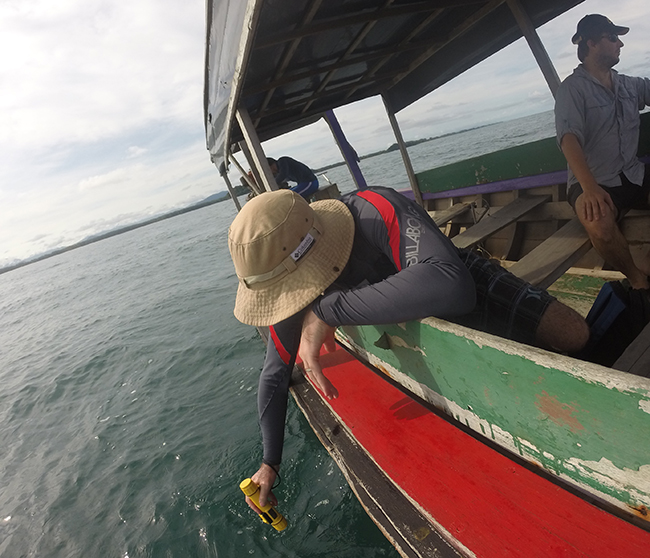
Professor Robert Weiss, Director of the Centre for Coastal Studies and Professor of Natural Hazards at Virginia Tech, USA, who was not involved in the study, said: “This is really novel work. It addresses a fundamental issue in coastal science and engineering and it also shows the potential for broad application across the hazard sciences.”
The new findings have implications beyond the fields of biology and geology and could serve policymakers, town planners, emergency services, and insurance companies. Advocates for safer coastal communities who are interested in how often a coast may experience damage from a storm or tsunami could also benefit from our study.
Furthermore, by providing a technique to detect changes in the frequency of storm-induced flooding in the past, our study is particularly relevant to assess the impacts of climate change.